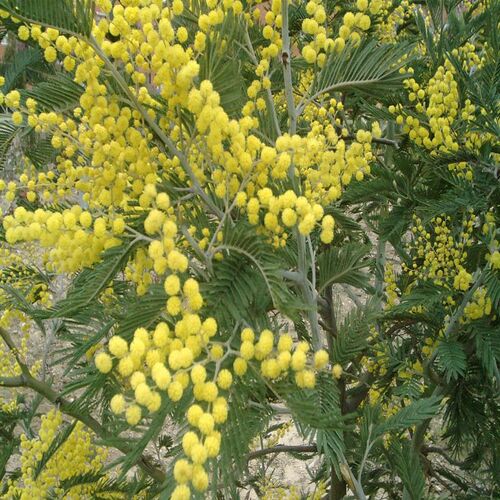Babool ka ped - Acacia Tree
Meaning of Babool ka ped in English. How does Acacia Tree look like

- Babool ka ped transliterate in EnglishAcacia Tree
-
Babool ka ped description in English
African, Australian, and a few Asian regions are the original home of acacia trees. Acacia trees come in over 1,000 different kinds, ranging in size from small shrubs to large trees. They are a widely-liked option for decorative landscaping as well as for supplying shade and preventing erosion in arid areas.
The characteristic leaves of acacia trees are often tiny and have a feathery or fern-like look. The spectacular, fragrant, and variously colored blossoms of the acacia tree include white, yellow, and pink. Typically, the fruits are tiny, dry, and frequently shaped like pods.
Additionally, acacia trees are renowned for their resilience and flexibility. They can withstand a variety of soil types and climatic conditions, including drought. In reality, several Acacia tree species are employed in reforestation initiatives in arid areas because they can reduce soil erosion and offer local wildlife a source of food and shelter.
Acacia trees have a long history of serving humanity in useful ways in addition to being used for decorative and environmental purposes. The wood is tough and long-lasting, making it perfect for building furniture, flooring, and other items. Some species´ bark and leaves have also been employed in traditional medicine to cure a variety of diseases. Some Acacia trees´ gum has been employed in the food business as a thickener and emulsifier.
Acacia is a scientific name of Acacia
Image Credit: Acacia Tree
-
Acacia Tree word root and origin: